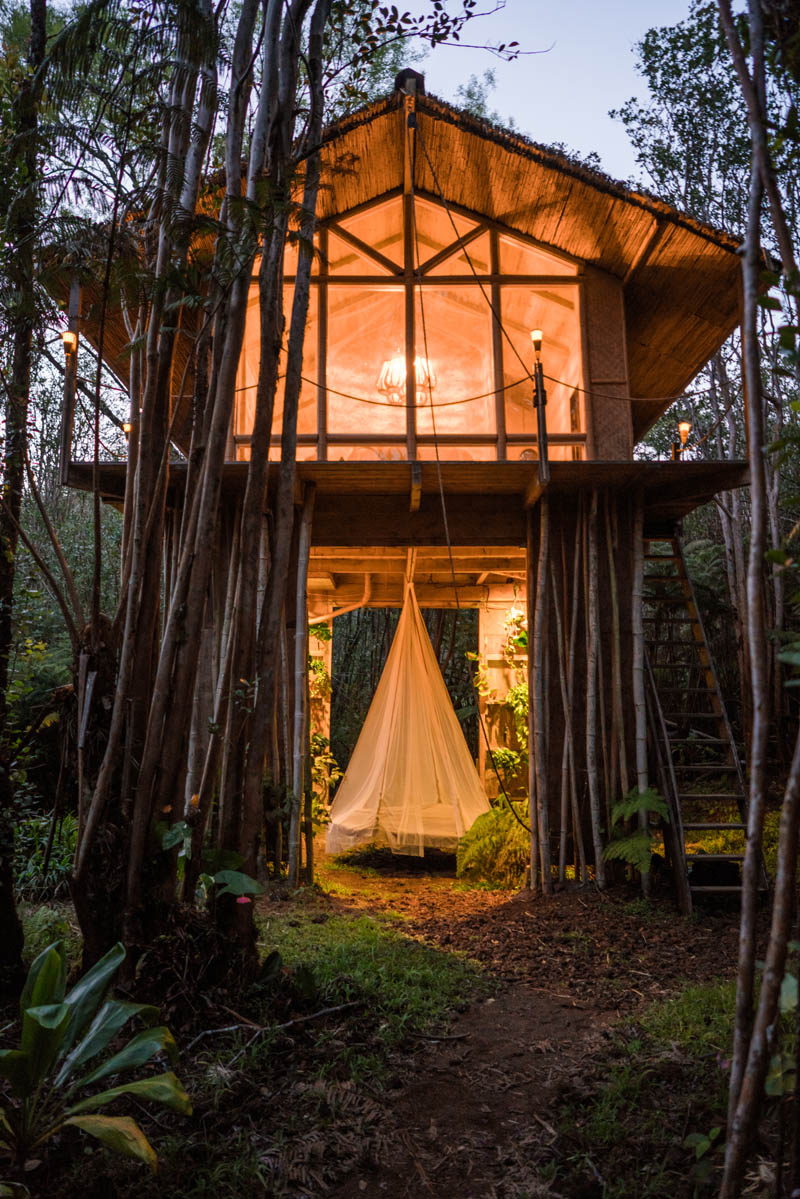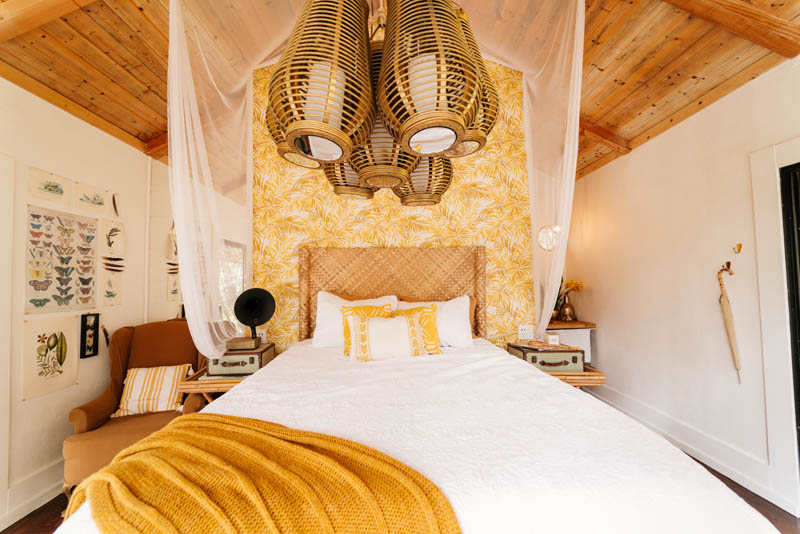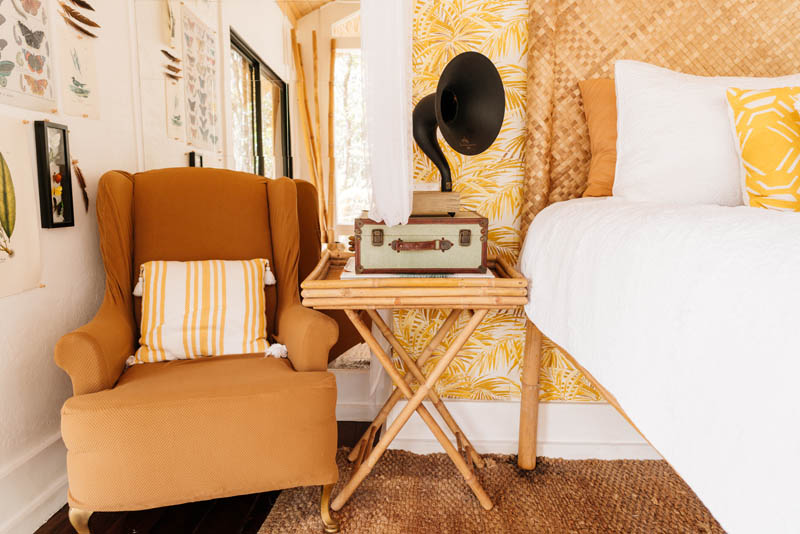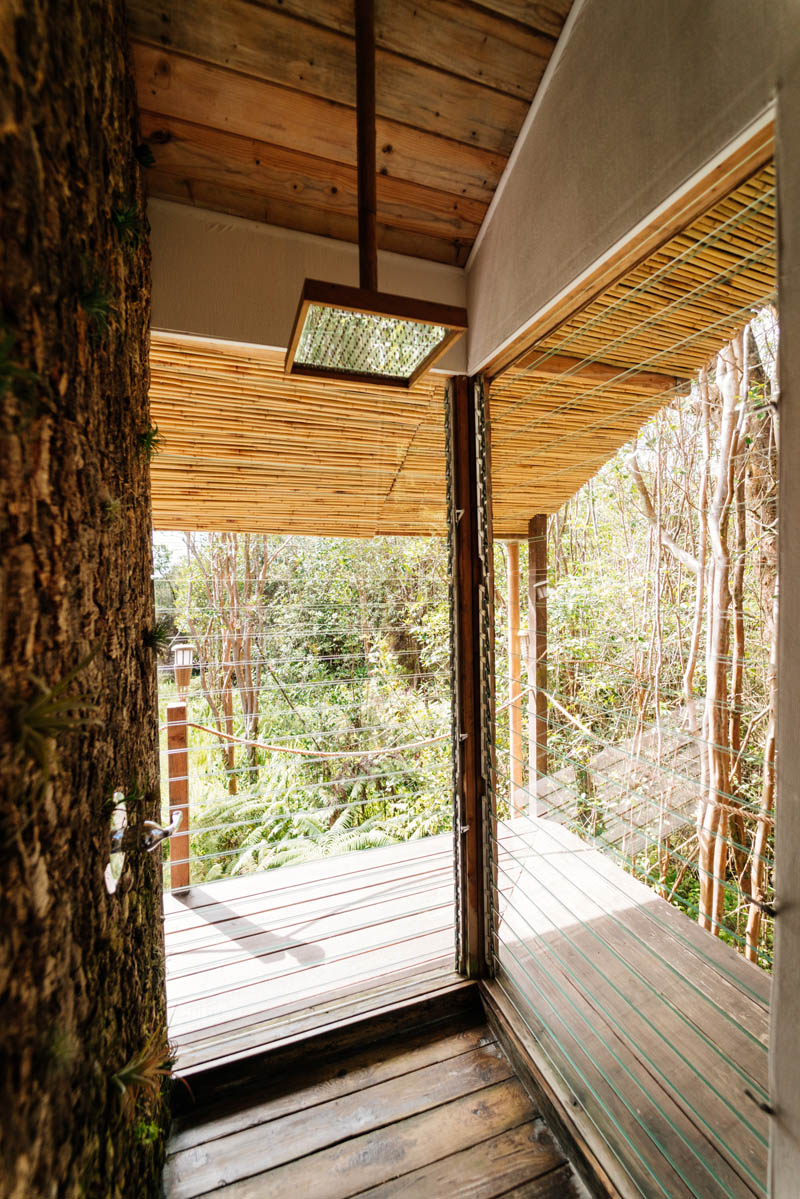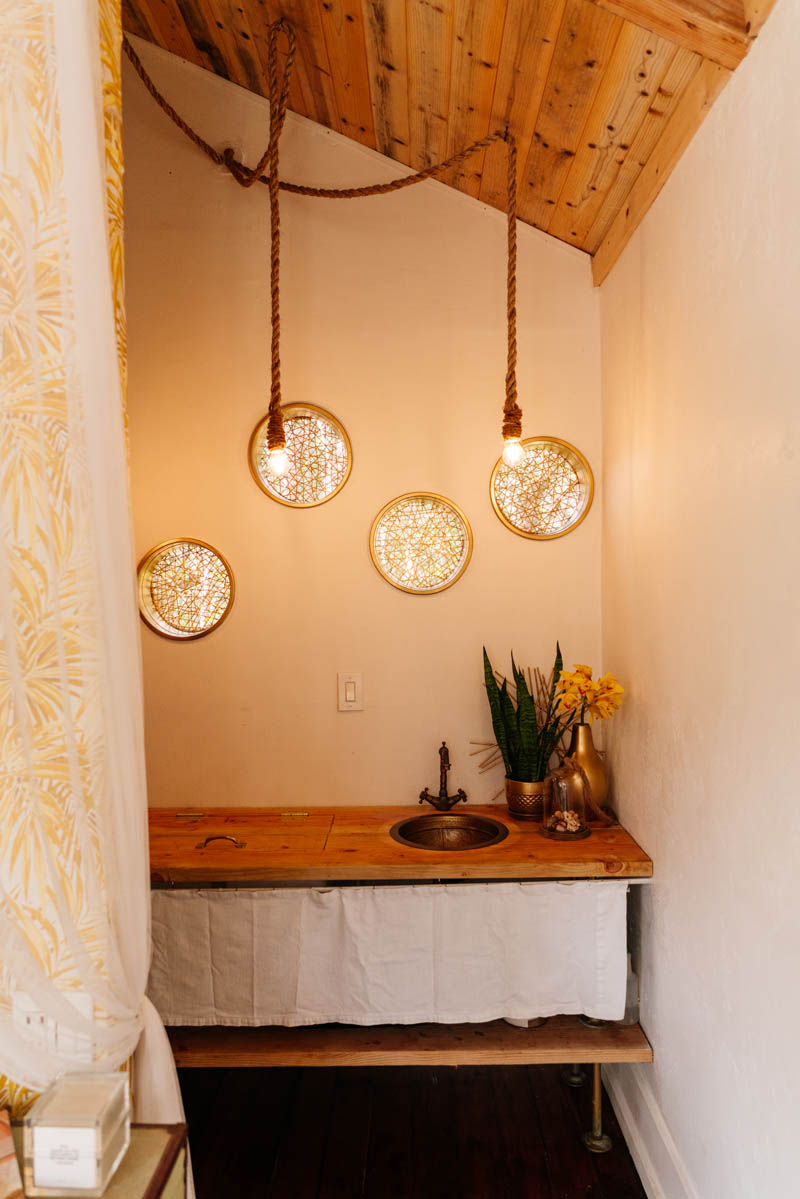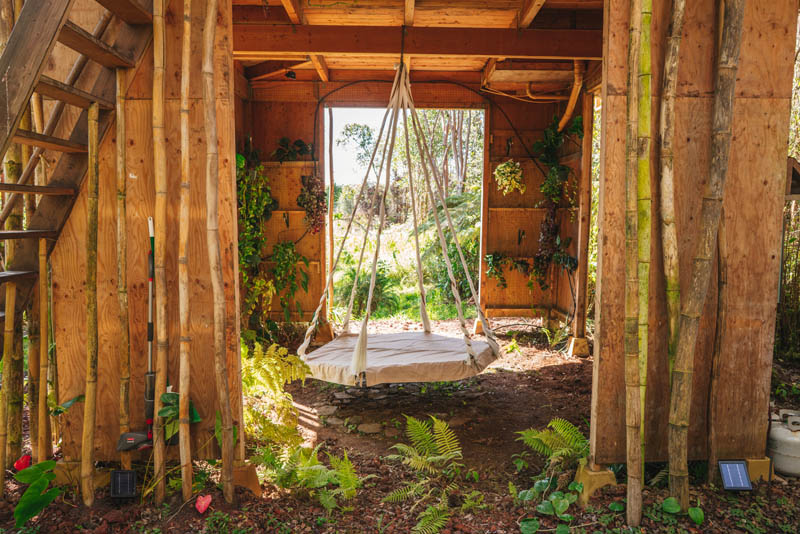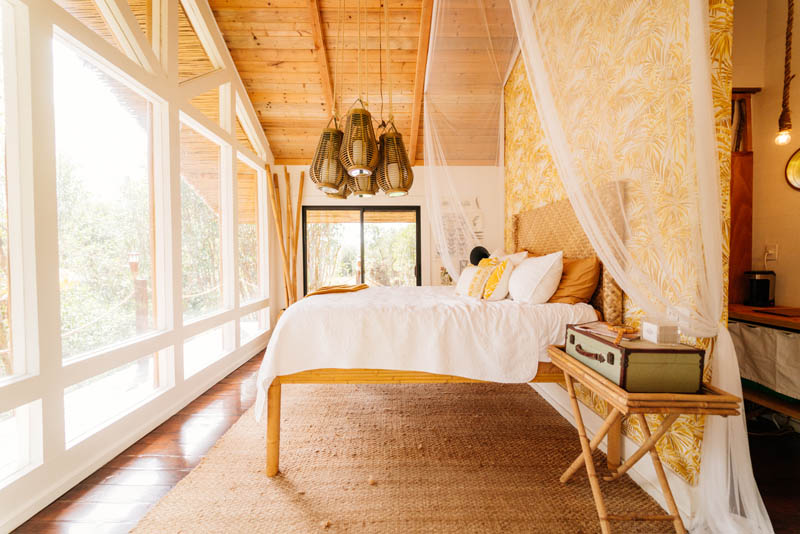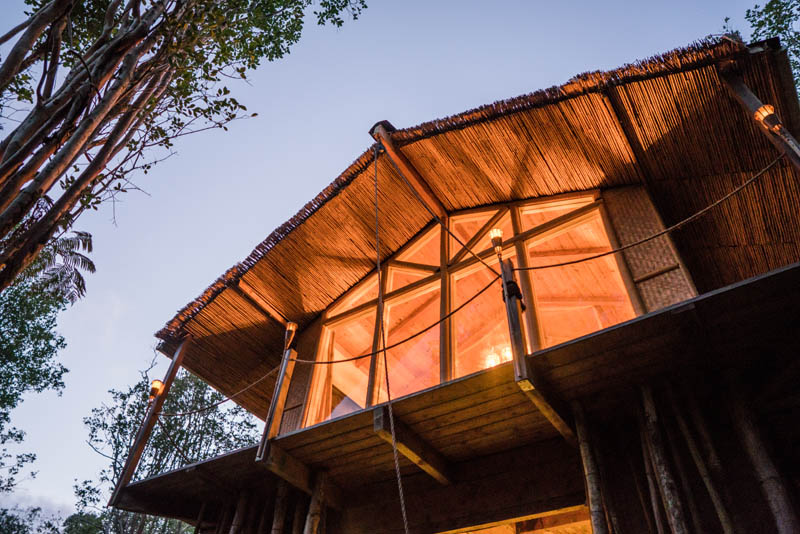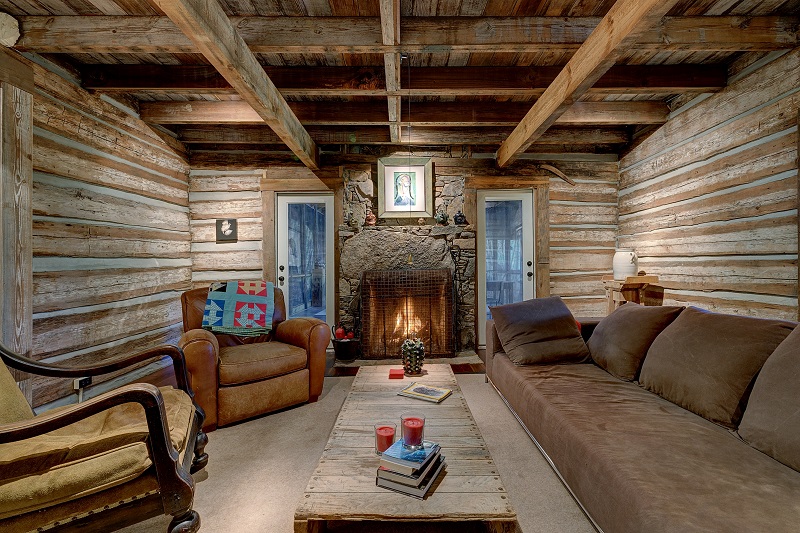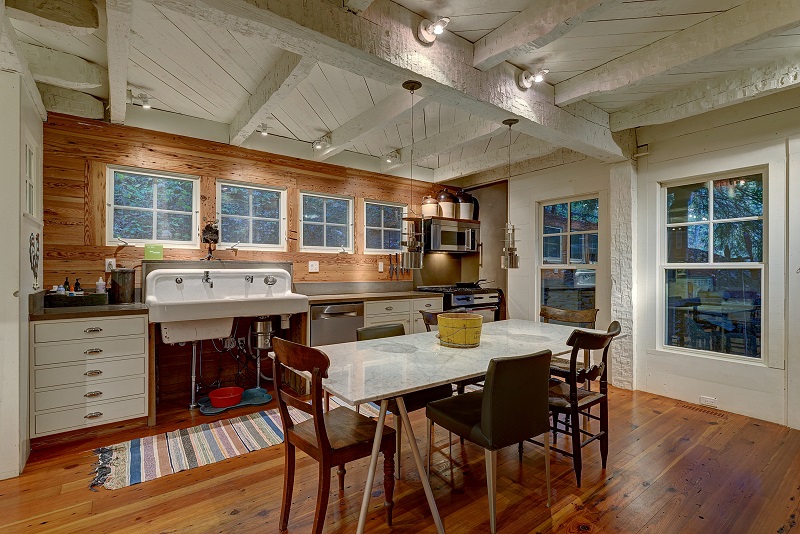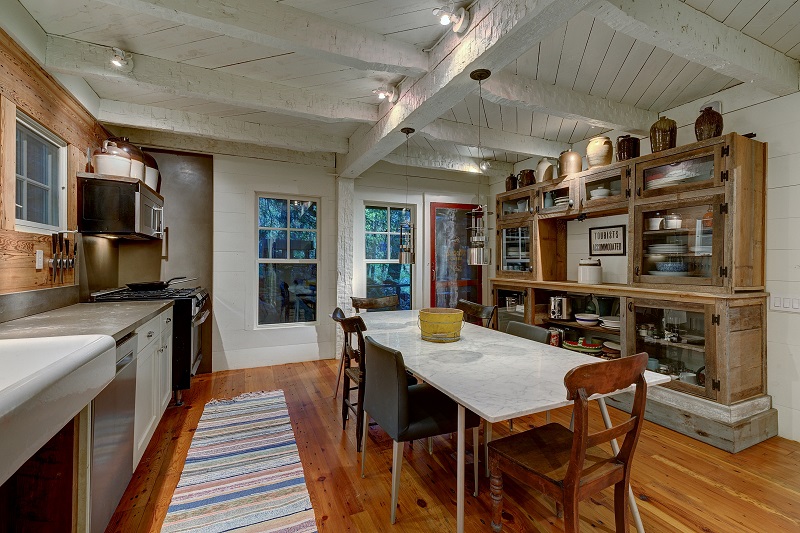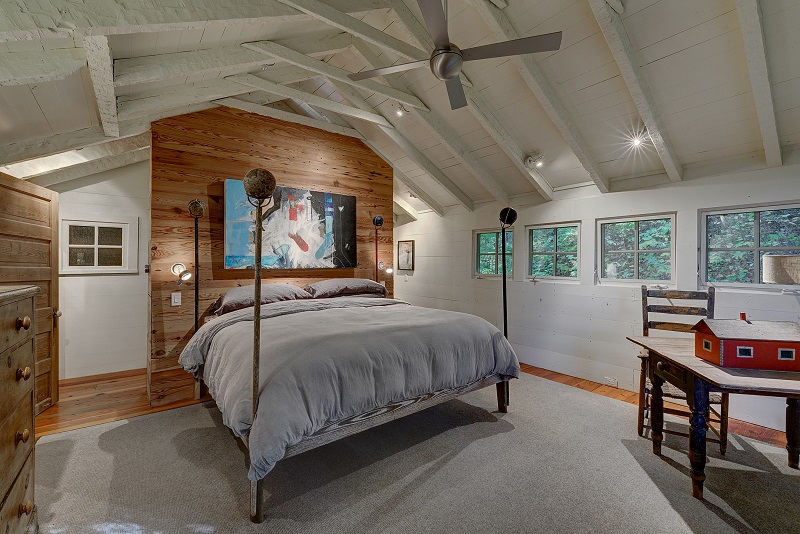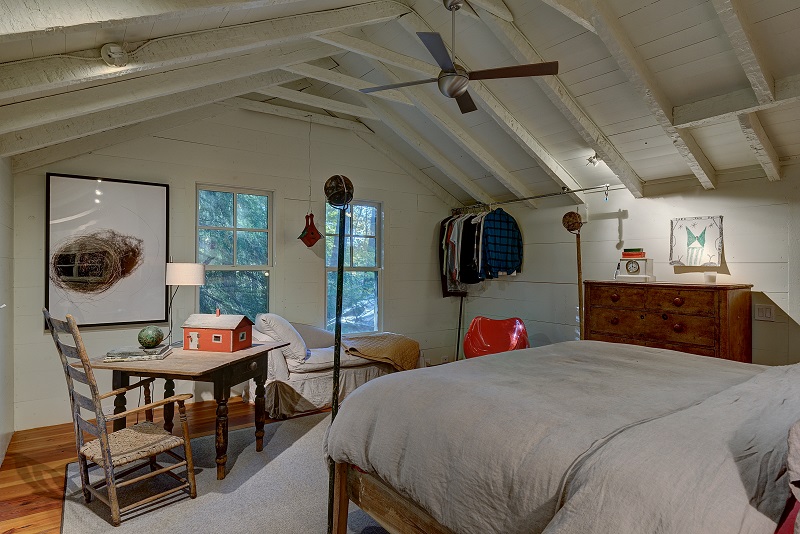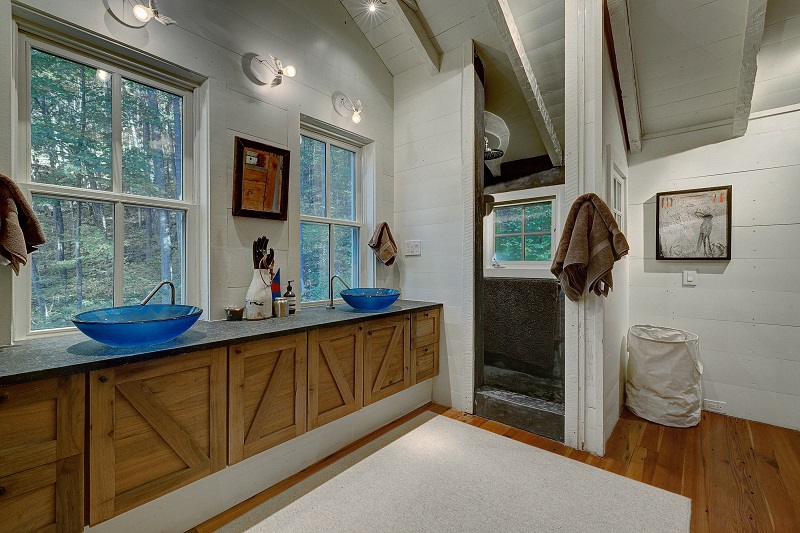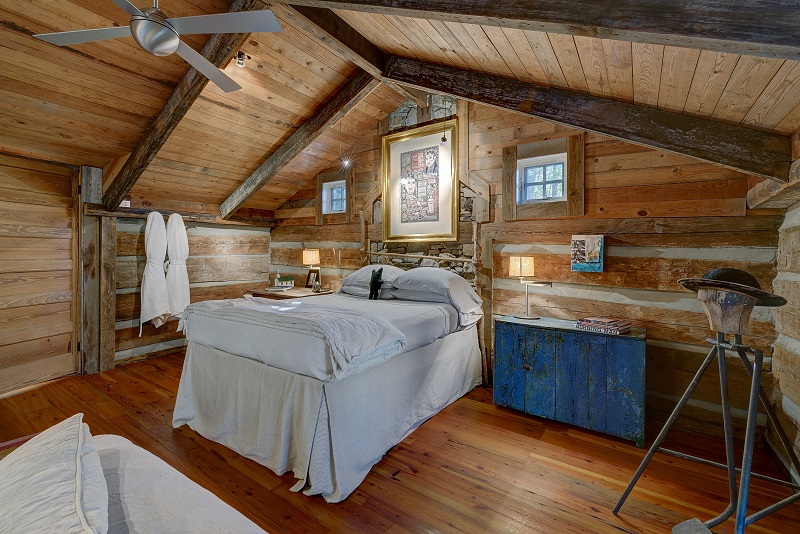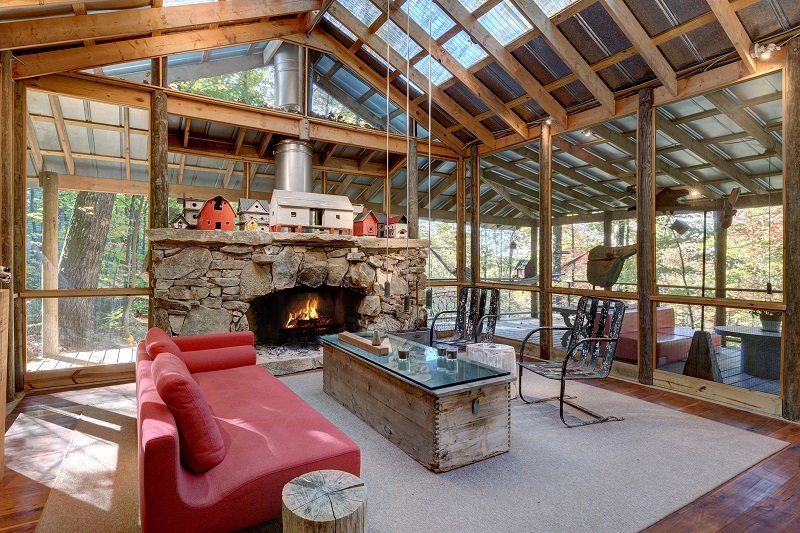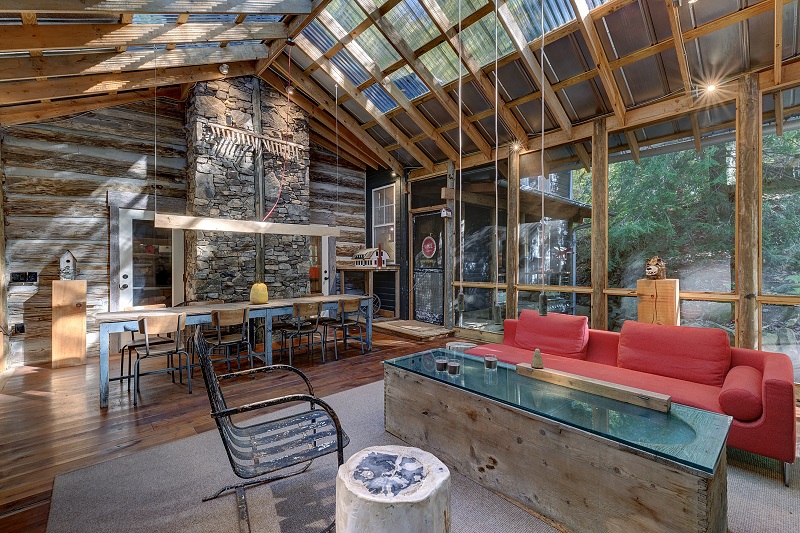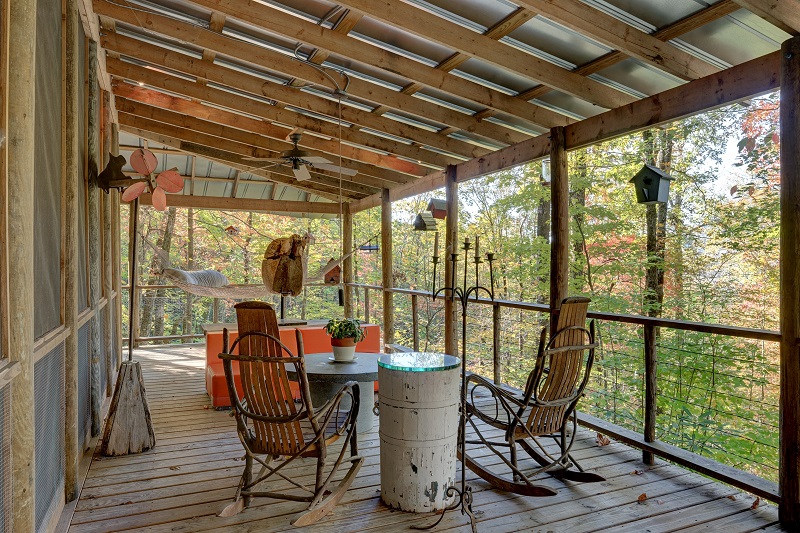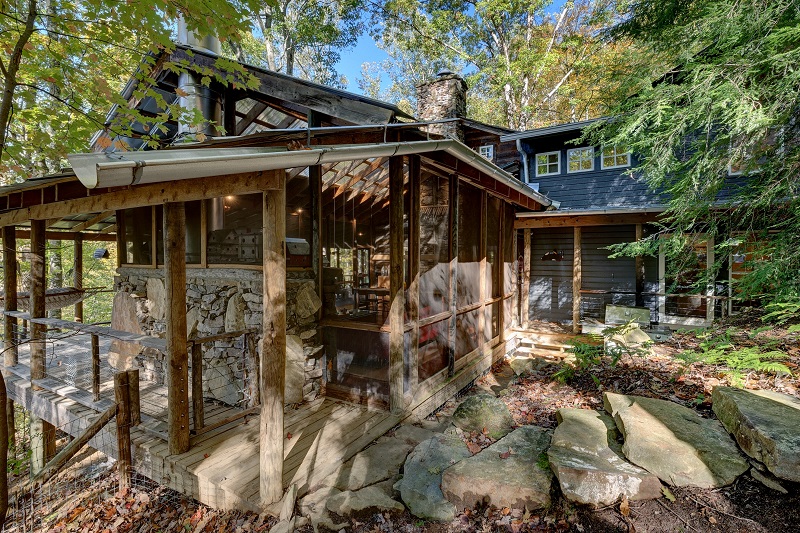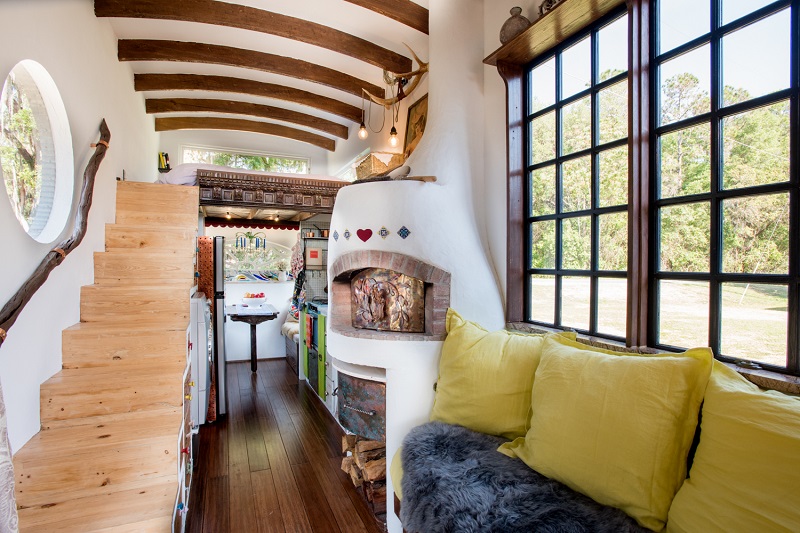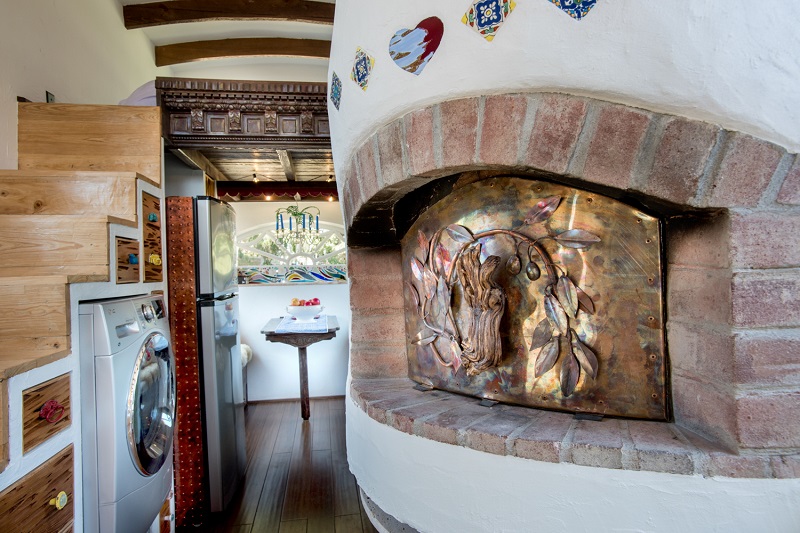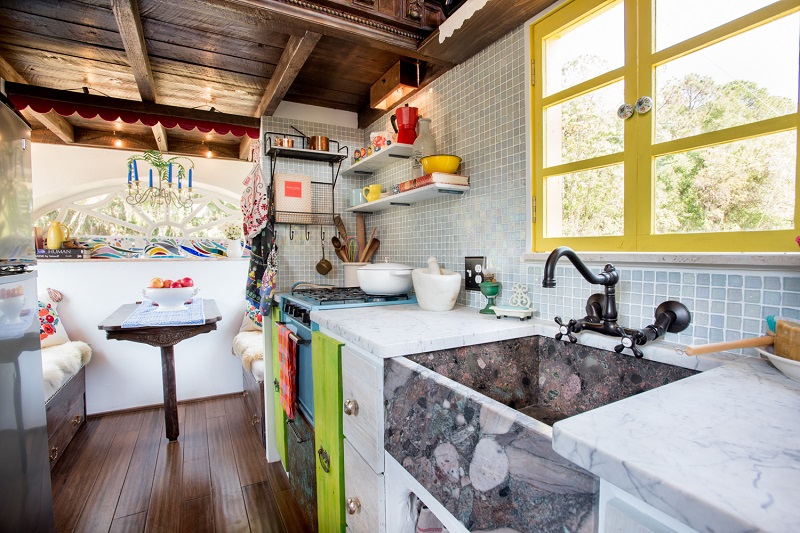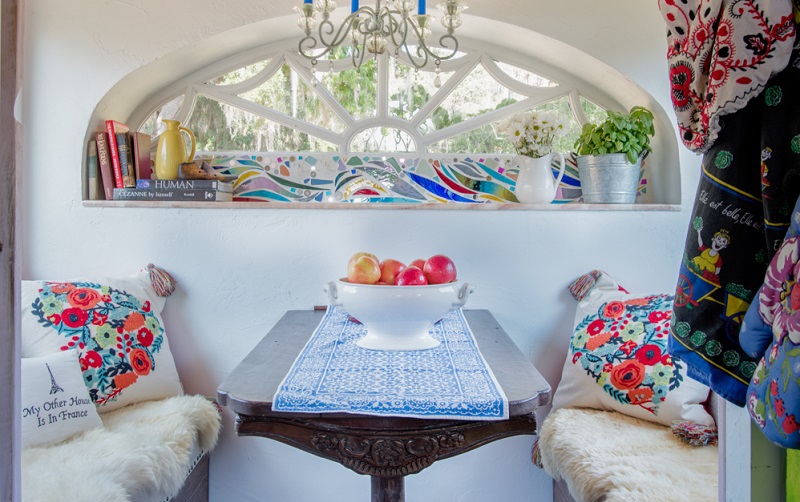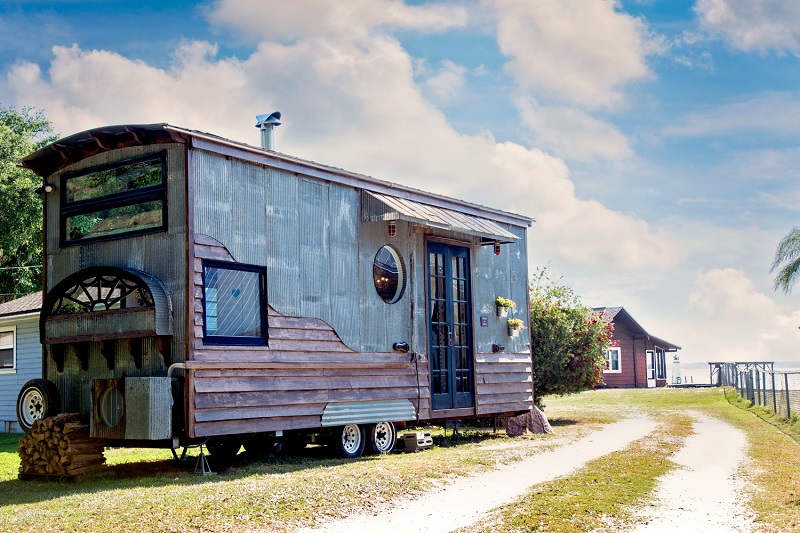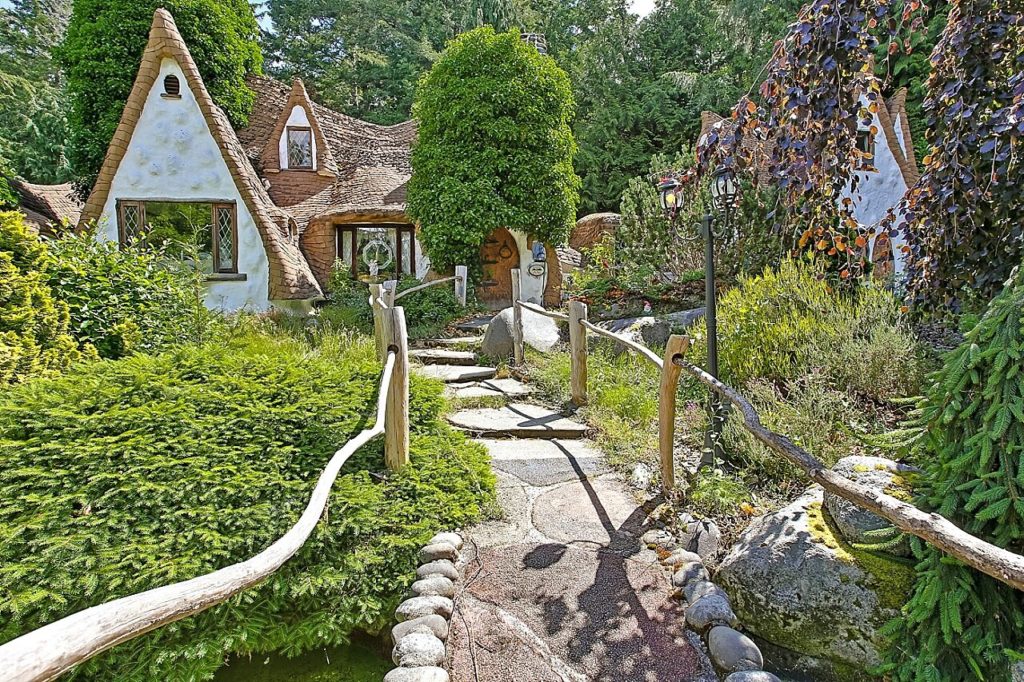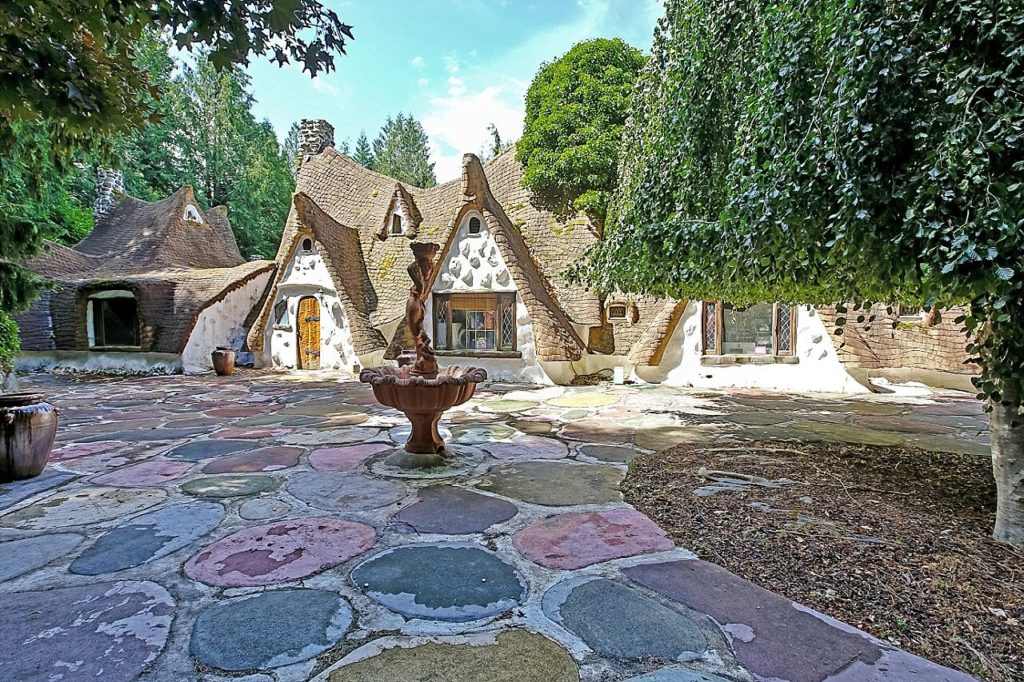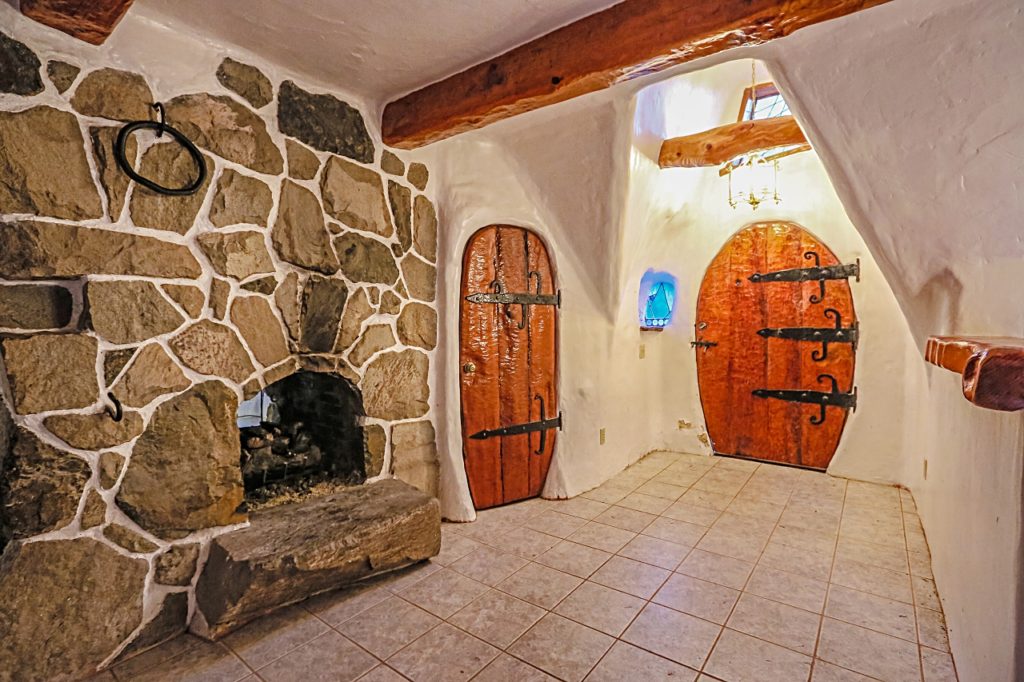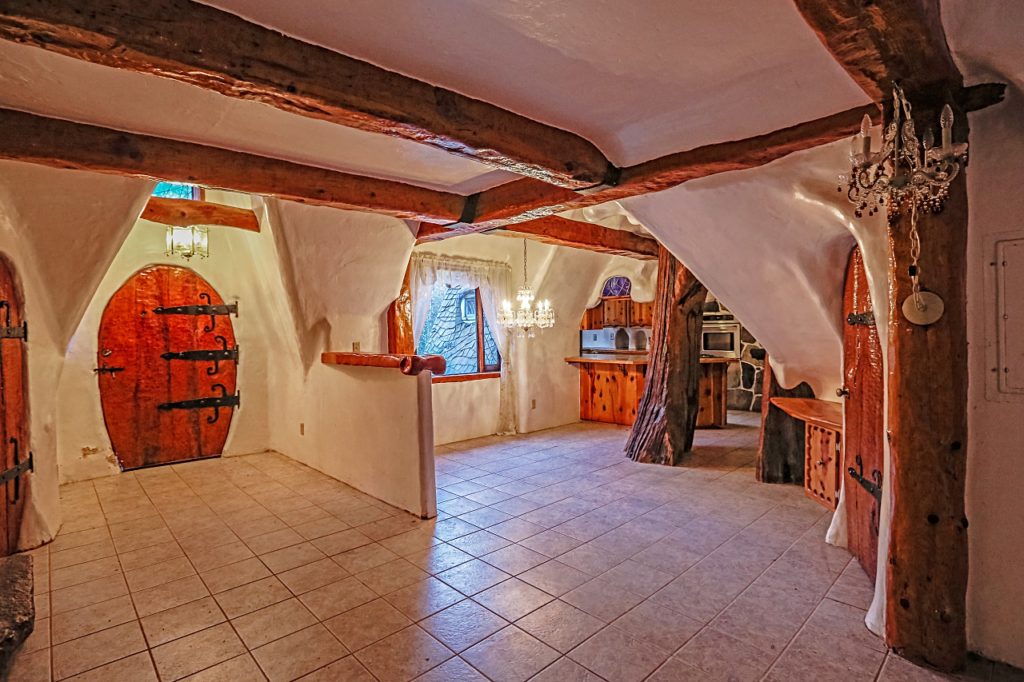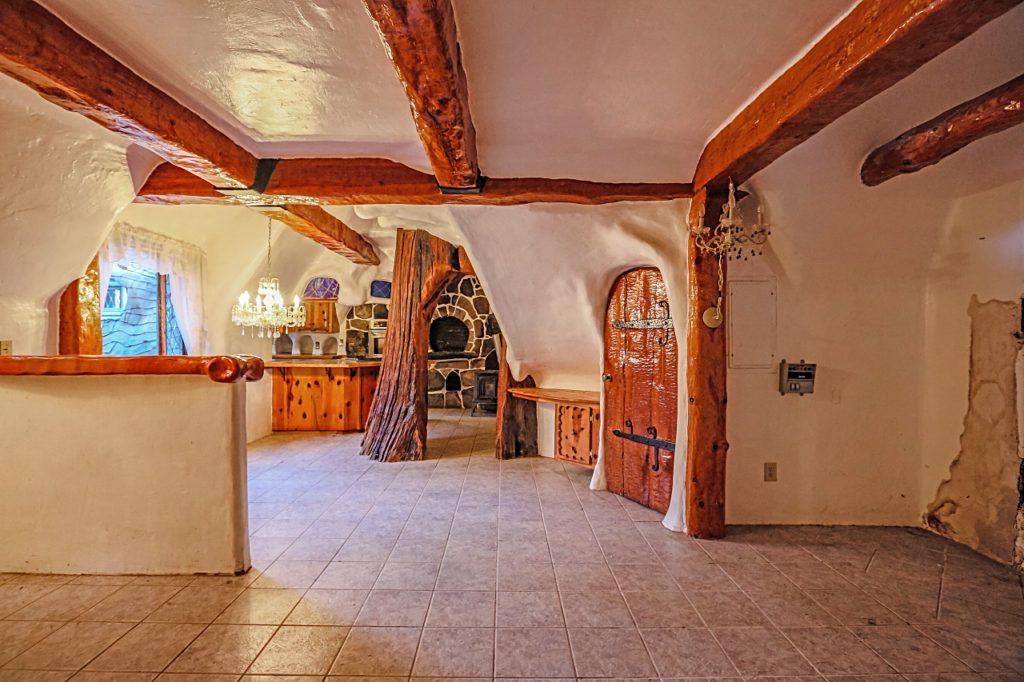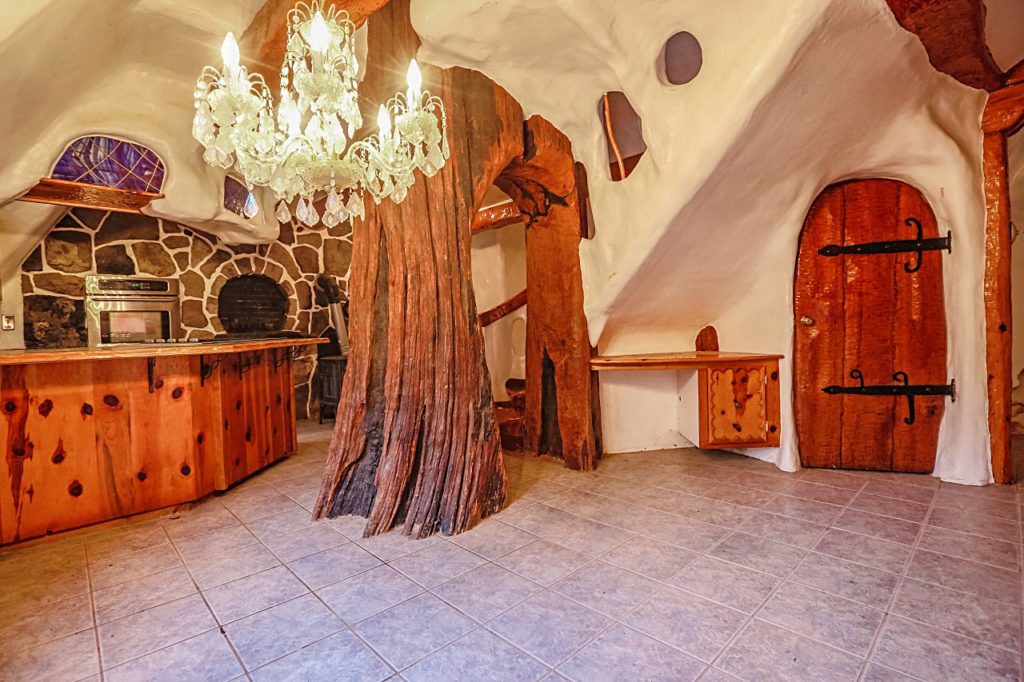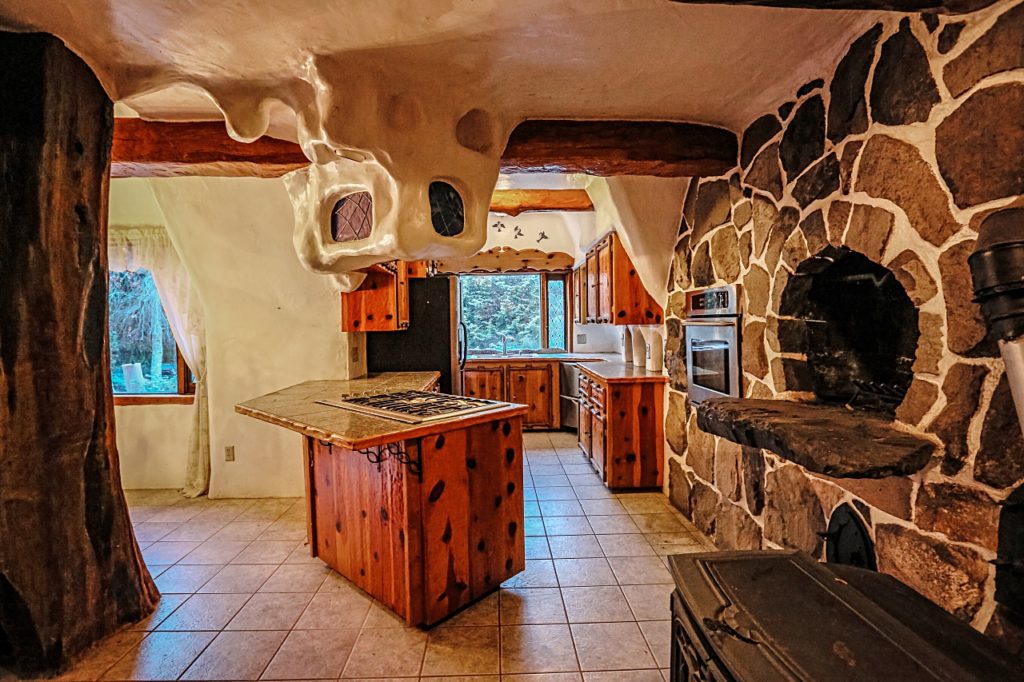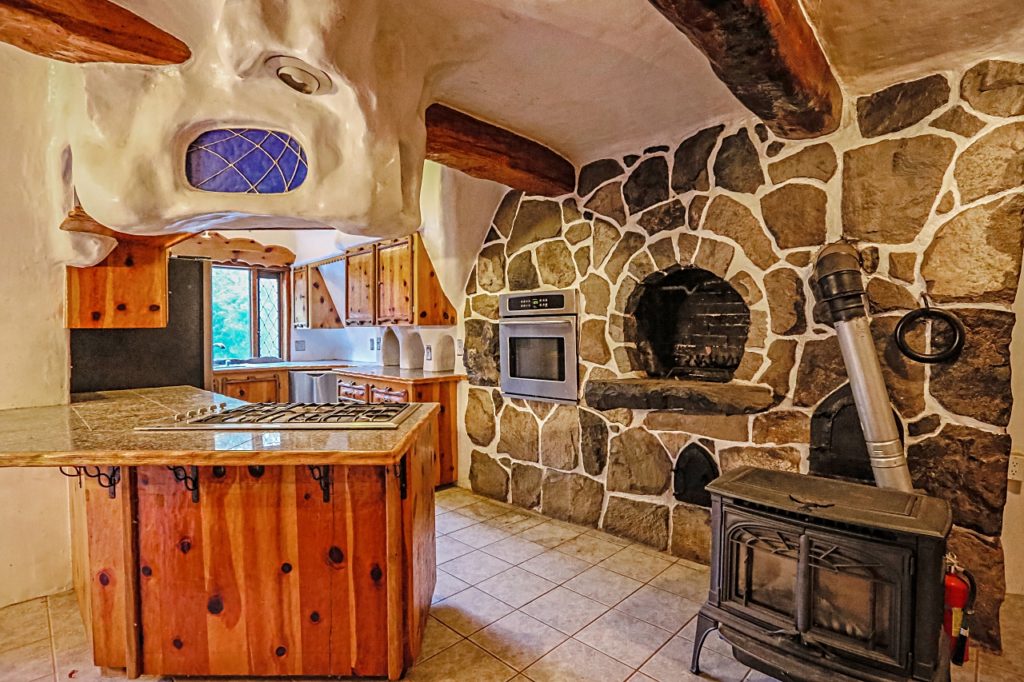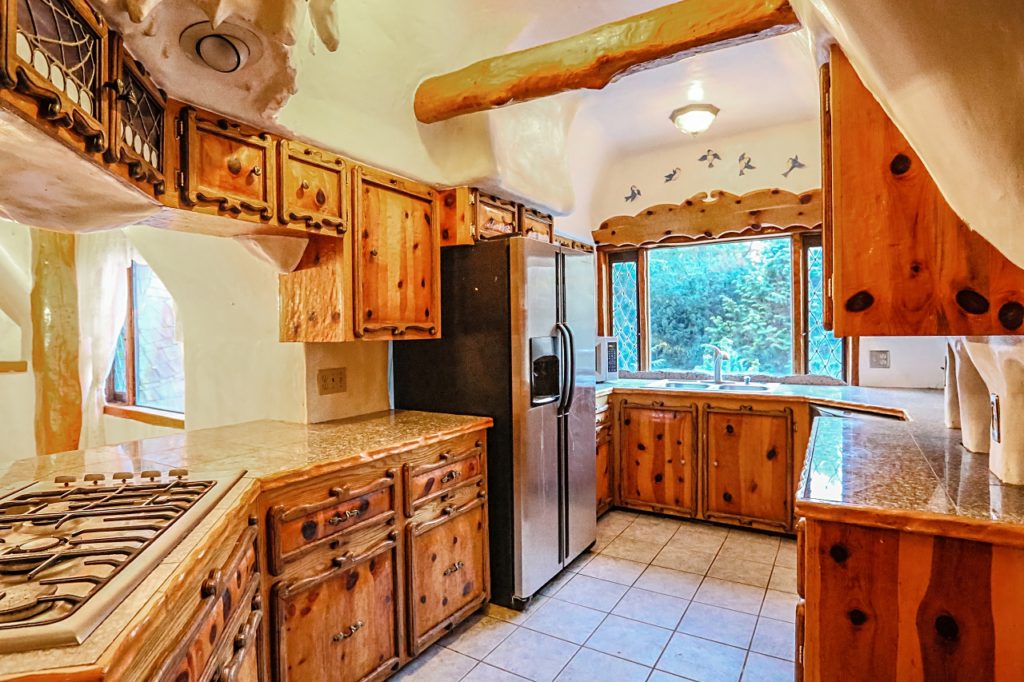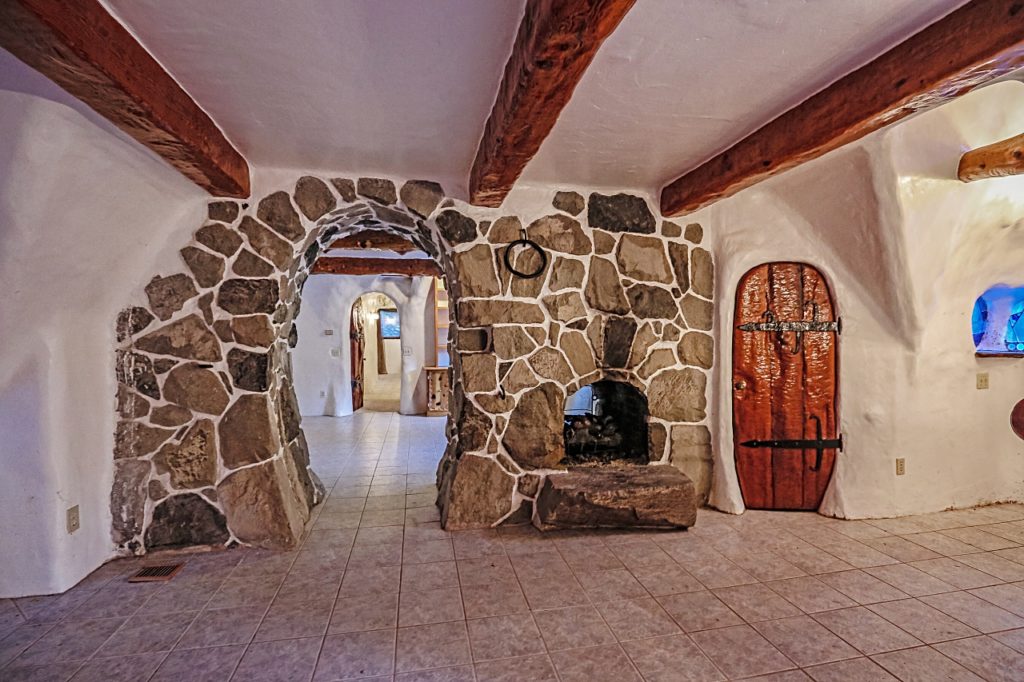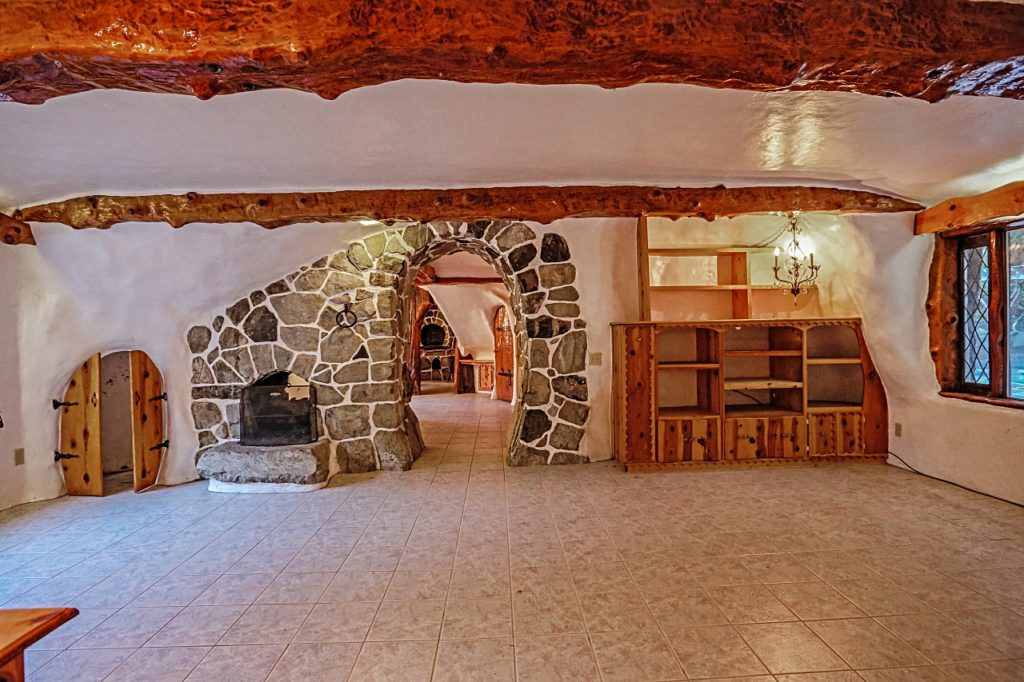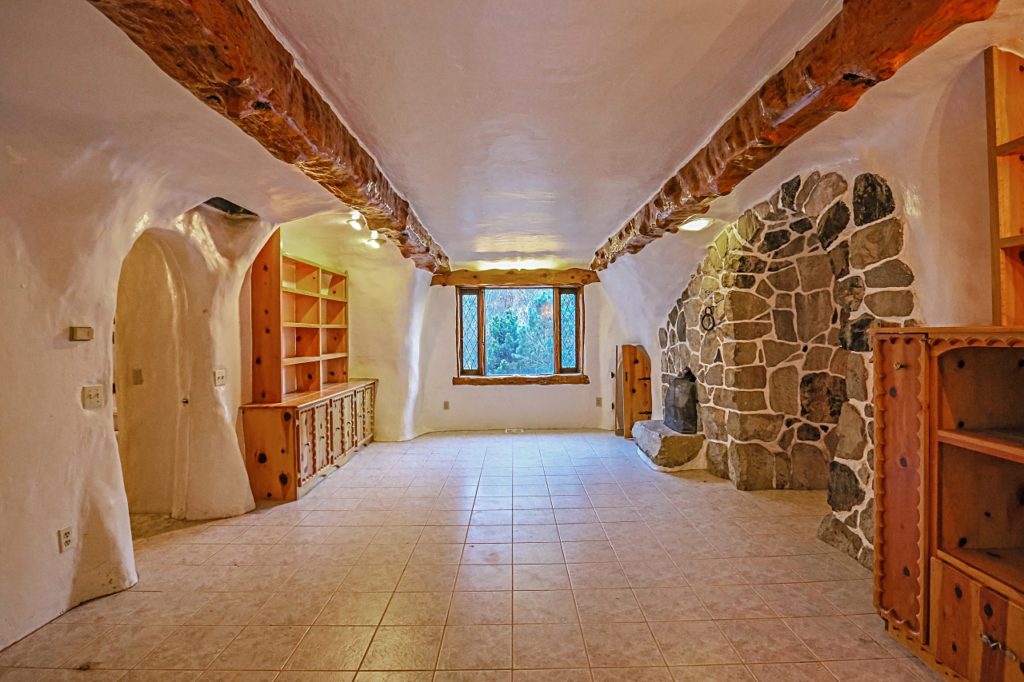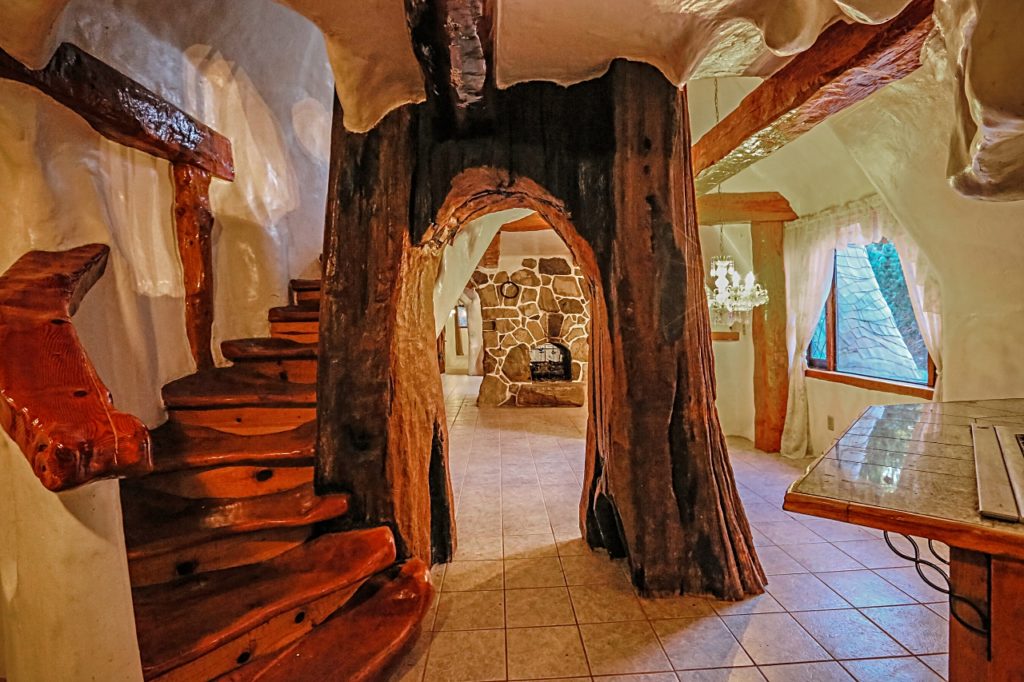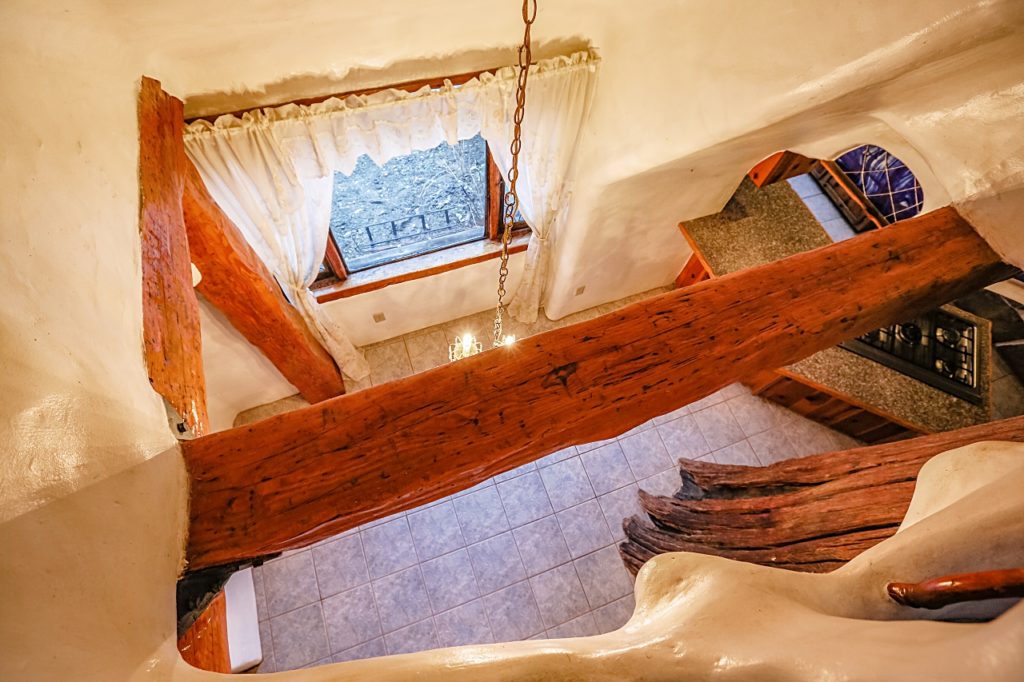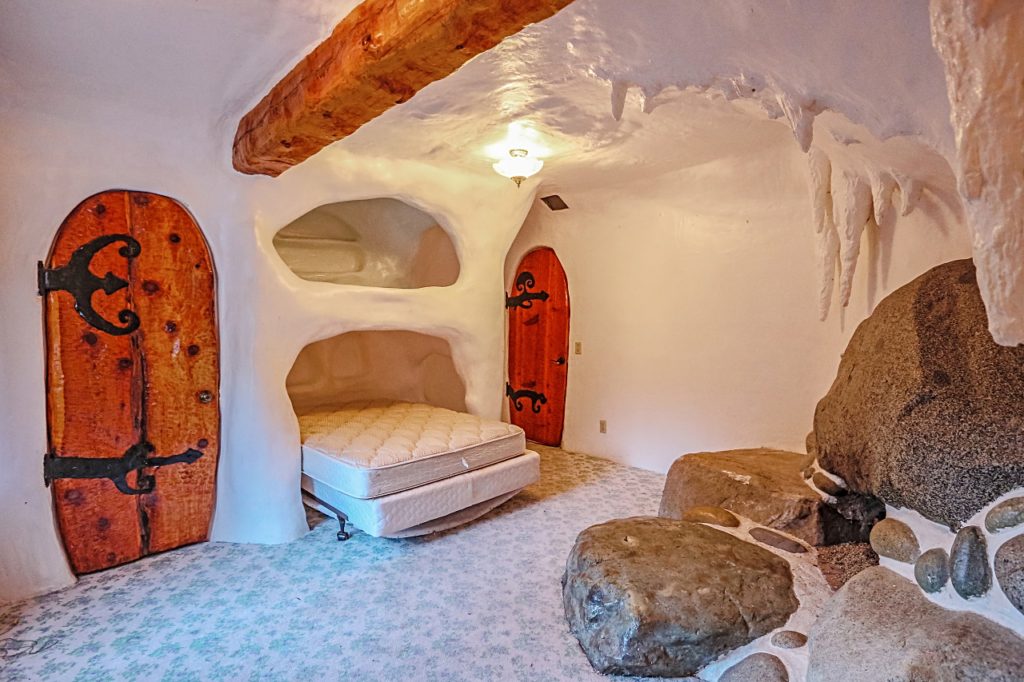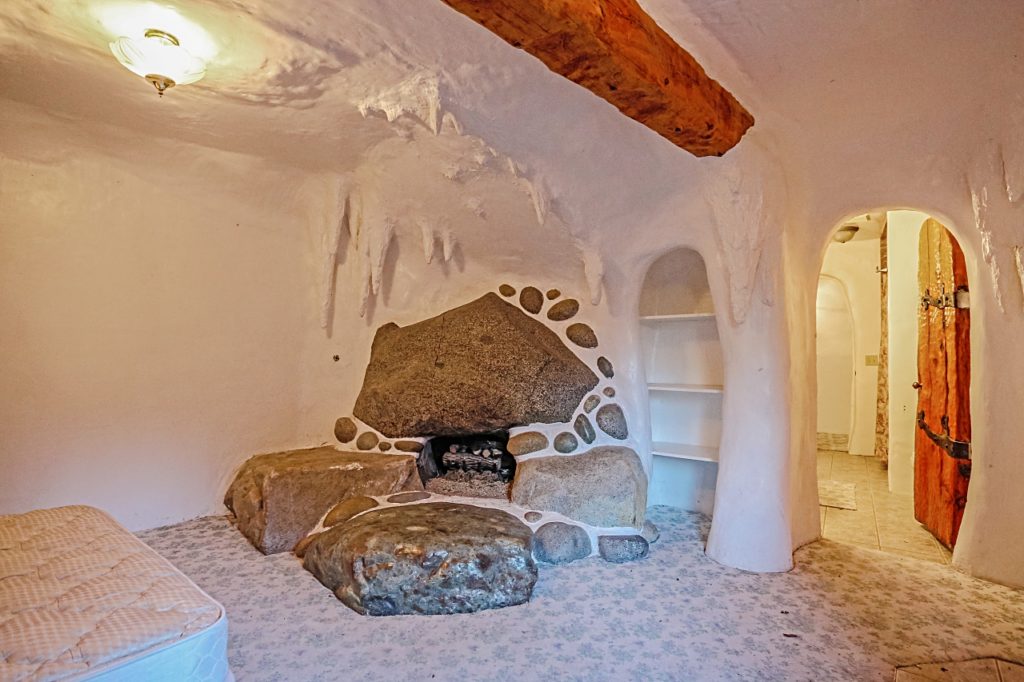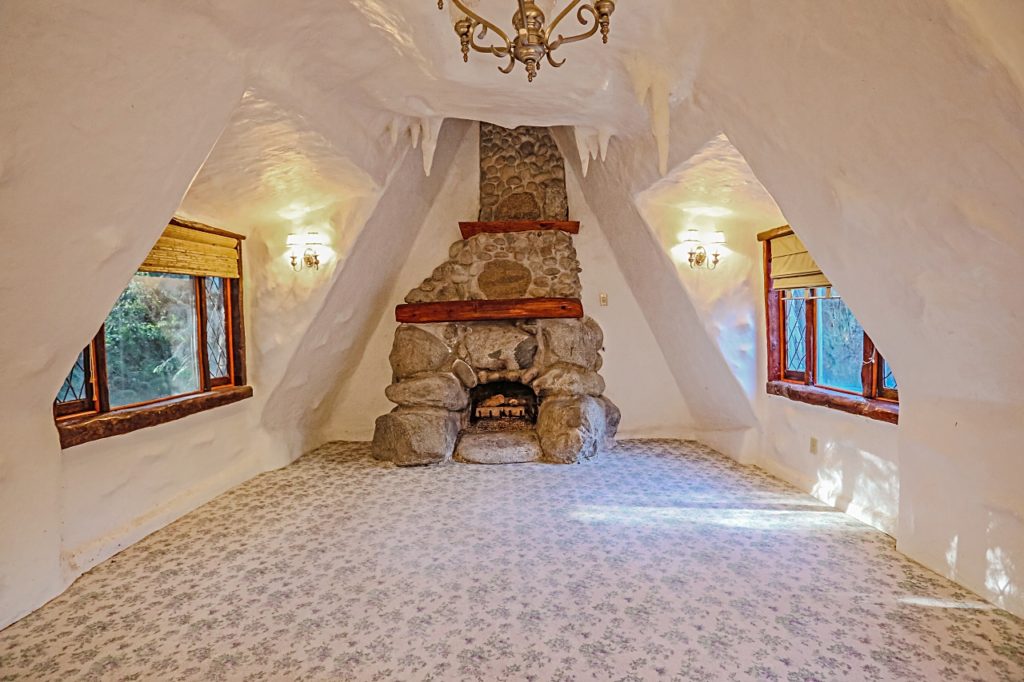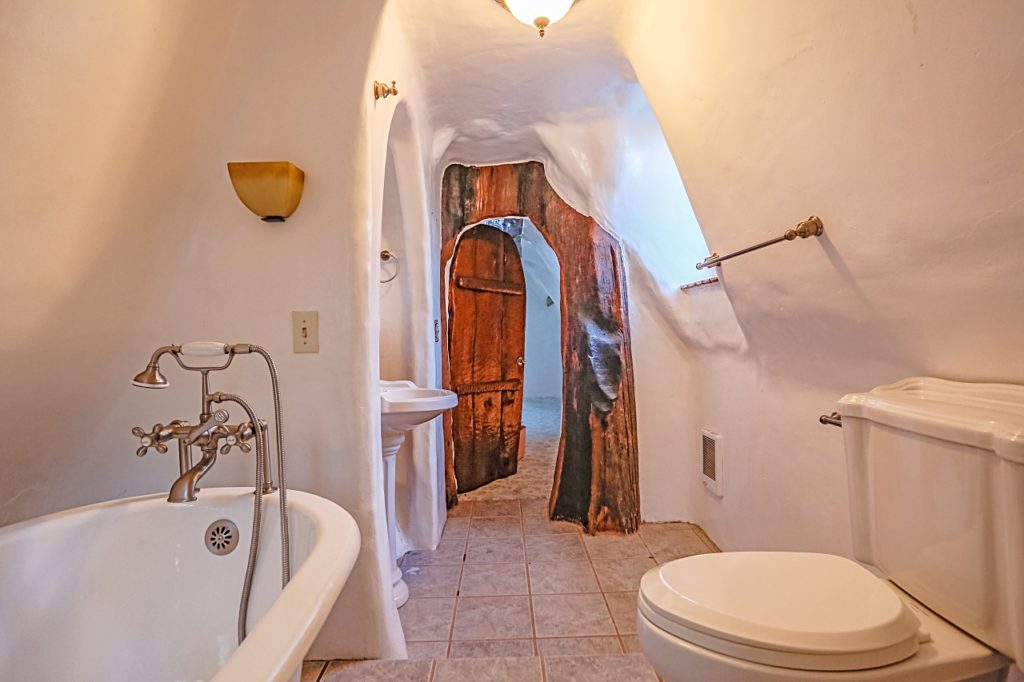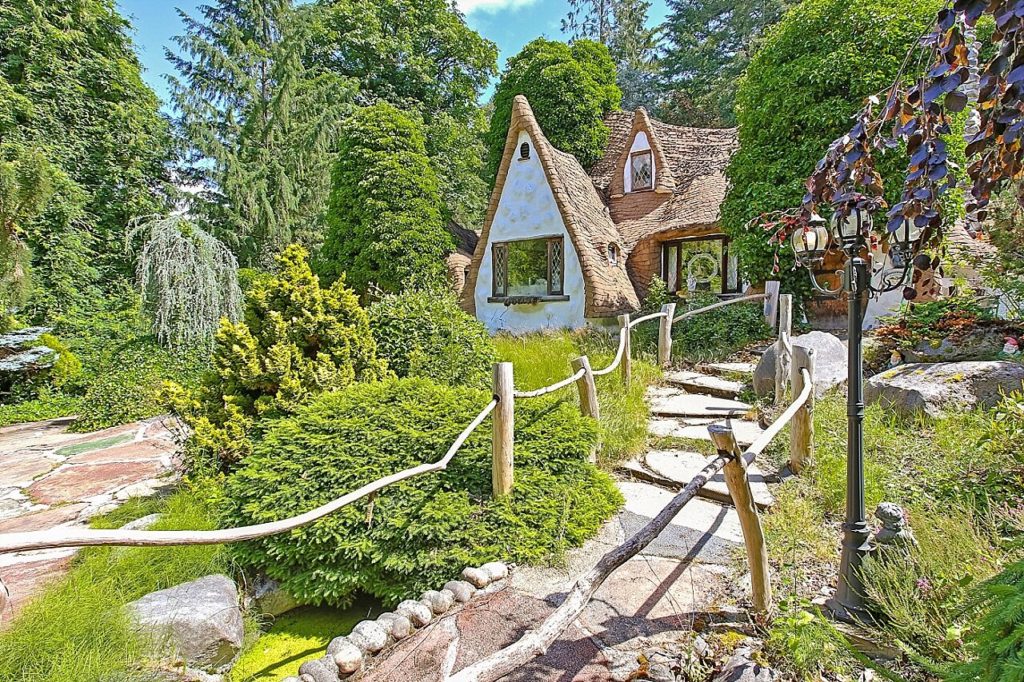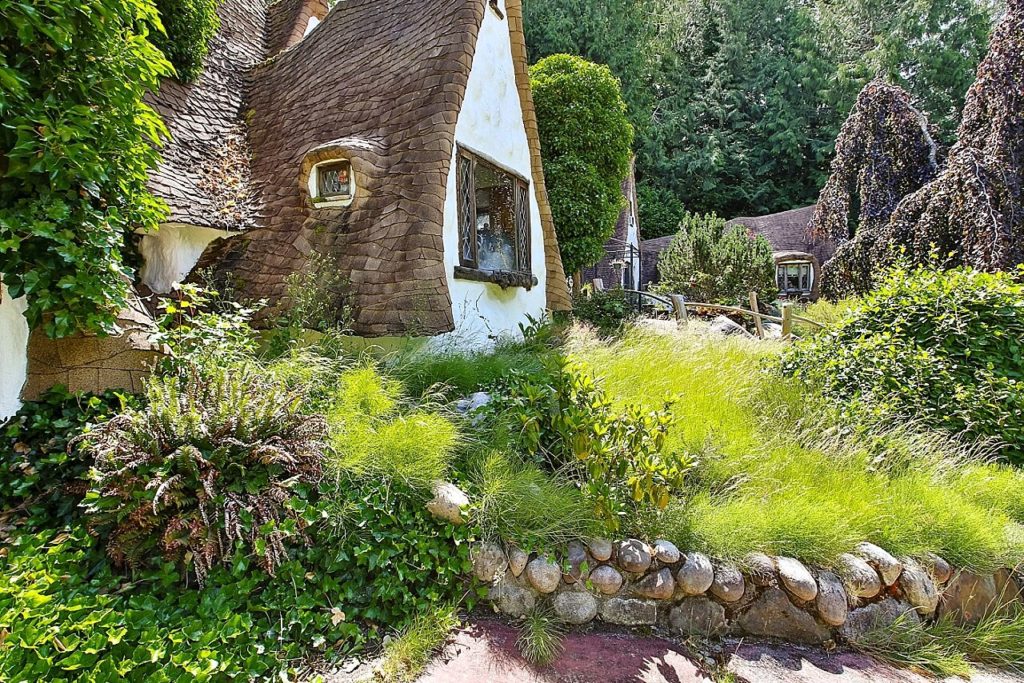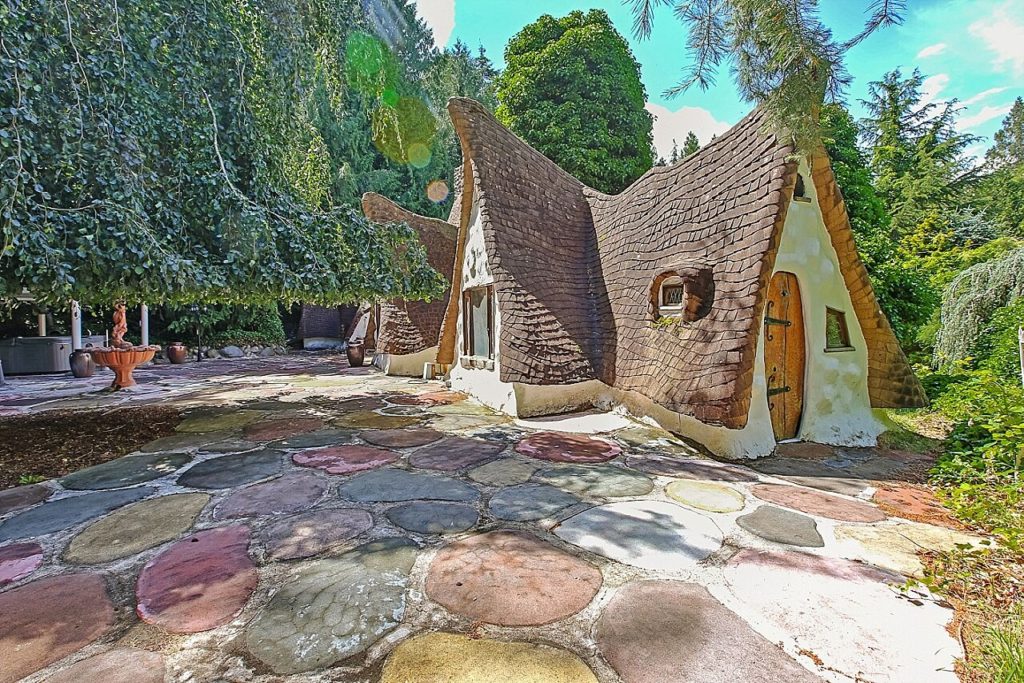Your home reflects who you are, and you're way more than a selection of tasteful paint and furniture. Why not celebrate your passions by incorporating them into your decorating? When your talents, skills, and hobbies are on display as a natural part of your decor, you feel more inspired and more at home.
You don't have to re-make your life to incorporate your passions into your home decorating. In many cases, just a small change of storage or placement will make all the difference - and you may even save money because you're using items you already own.
If something makes you happy, bring it out and let it shine.
Store your tools in arm's reach
Many creative hobbies come with beautiful tools. Don't hide your paintbrushes or yarn - show them off with pride of place!
Make sure to put tools you use frequently in accessible places where you can grab them. Nothing's worse than being inspired to create and having to wrestle a guitar off the wall or extract a crochet hook from the back of a cabinet. A good rule is to keep anything you use once a week or more within easy reaching distance.
Display seasonal equipment year-round
Just because you can only ski a few months out of the year doesn't mean you forget about hitting the slopes. Keep your seasonal passions alive by keeping them in sight, but out of the way.
Mount skis or fishing poles over a door in the off season. If you have space above kitchen cabinets, that's a great place for the gorgeous fondue set you only use in winter. You could even ceiling-mount a canoe paddle - or the whole canoe if there's room. The good thing about most seasonal equipment is that you use it outside, so you don't have to worry too much about interim storage.
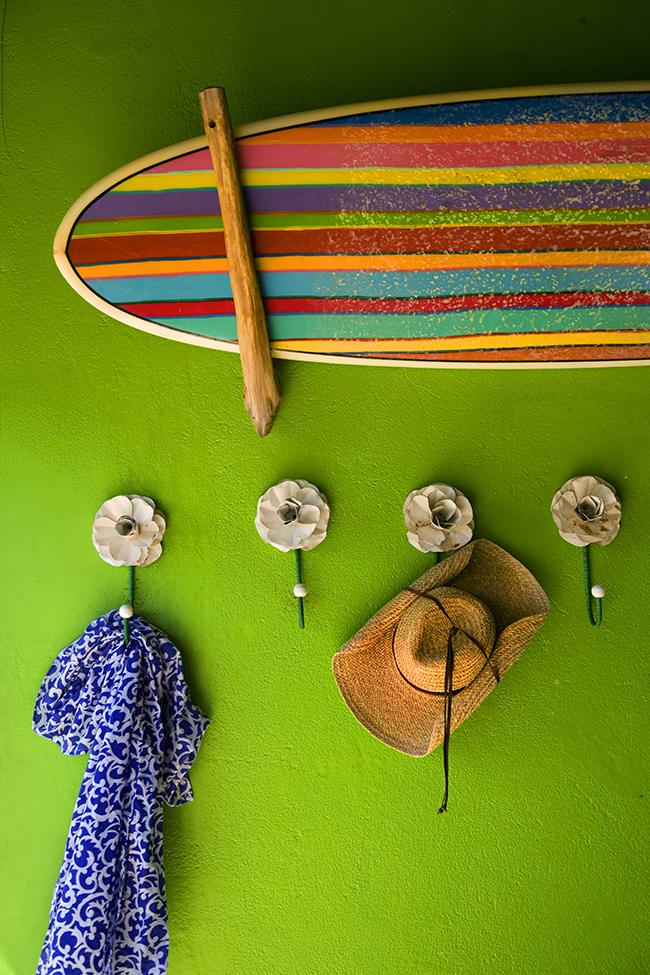
Put your talents to work
Give your creative passions room to shine in everyday life. If you're great at calligraphy, try writing a stylish meal planning list for your week, or a framed school checklist by the front door.
Woodworkers can make anything from cutting boards to furniture. If you embroider, make your own cushion covers and embellished hand towels. Potters, once you fill your mug cupboard, branch out into making planters and wall hooks.
For almost any art or craft, there's a practical application, so make it a fun challenge to find yours.
Bring the mass-appeal objects into the conversation
When you have an interest in common with someone, the conversation just flows. That's why it's great to have some pop-culture touchpoints in your living space. Items like framed vinyl albums give your guests an easy way to learn about your interests and start talking.
Not everyone is going to be able to engage about your 19th-century Japanese chisel, but almost everyone who sees your framed program will remember the first time they heard about "Hamilton.”
For a living room where you entertain friends, or a home office where you have clients, these objects can help create connections.
Let your collection tell a story
When you're a collector, every piece has a story. As a whole, the items in a collection tell a narrative of their own history and how they came into your life.
Keep collections in a place of honor where the whole story can come together. Cabinets and display shelves are great for 3D objects like glassware, figurines, and curios, and albums are perfect for stamps, old photos, and ephemera.
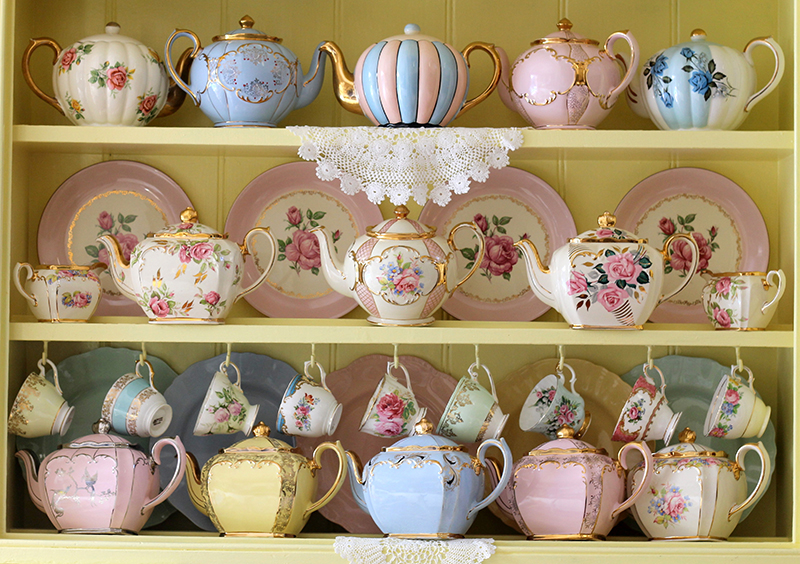
Active items inspire action
If you need a little motivation to practice your passion, let your decor help inspire action. Match each inspiring object with the place you're most likely to need a boost.
If you aren't feeling your usual gourmet self, display your antique bakeware in your kitchen. To help with writer's block, display your diploma, your first pitch acceptance letter, or special first editions of your favorite books over your desk. Hang athletic medals and photos of you at the finish line over the shoe bin near your entryway to encourage you to go for a run.
Match the vibe of the room
In general, keep the purpose of the room in mind when deciding where to display your prized possessions. Don't just go by where you have available wall space; take time to find the right fit.
A shelf of antique clown toys can look great in an office or playroom, but might not feel restful in your bedroom. And your championship soccer cleats or a signed football may be perfect inspiration in your workout room, but they're less than appetizing hanging in the dining room.
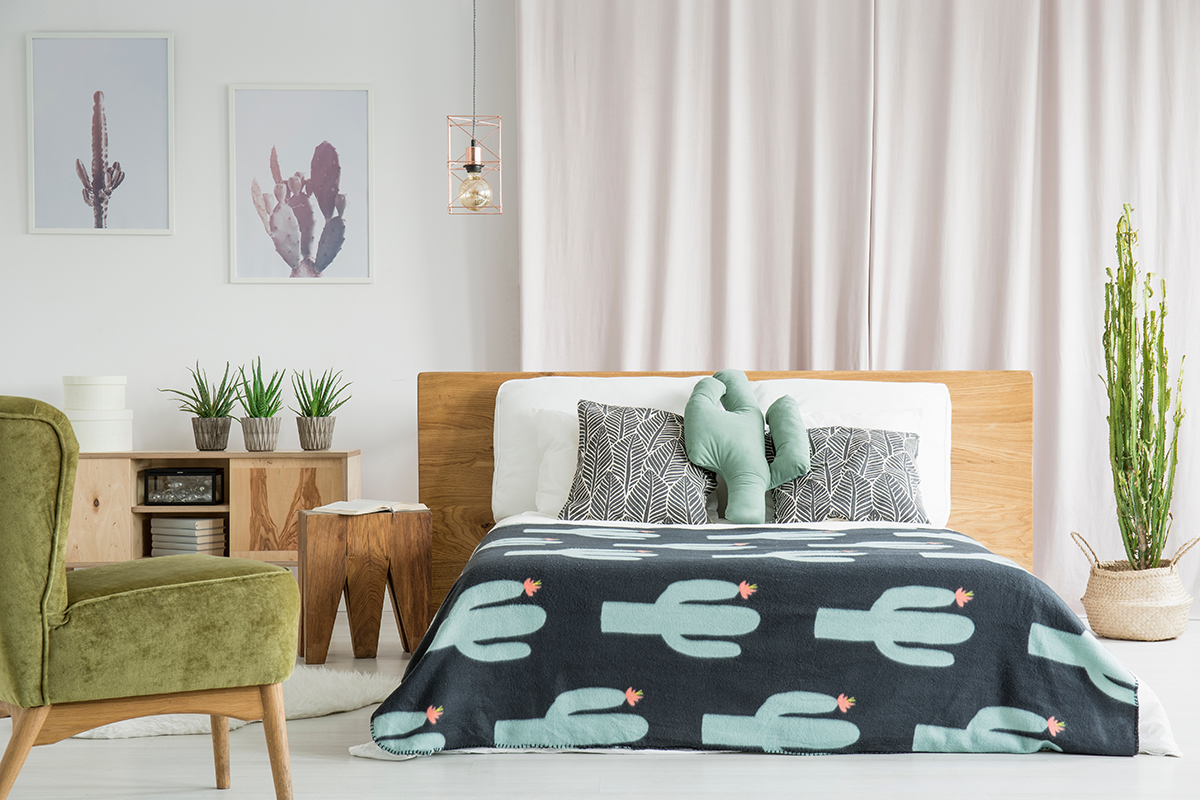
Mellow treasures set the mood
Some of your possessions are just for you, and spark special memories and feelings when you see or touch them. If you have an object that brings your comfort, place it according to how it makes you feel. Does that beach rock make you feel calm? Keep it by your bedside.
If your grandpa's old pipe reminds you of how he taught you to read, keep in in a display case on a bookshelf or by your desk.
These are just a few of the ways you can bring your passions into your home decorating. Hopefully these ideas inspire you to bring your most important possessions into your decor, so you can keep those passions alive in your daily life.
Related:
- 7 Ideas for Personalized Home Accents That Are All About You
- Quiz: What Style Is Your Dream Bedroom?
- Get Hygge: Cozy Up to Scandinavian Simplicity
The post 8 Ways to Incorporate Your Passions Into Your Home Decor appeared first on Zillow Porchlight.
via Zillow Porchlight https://ift.tt/2vPHROr
